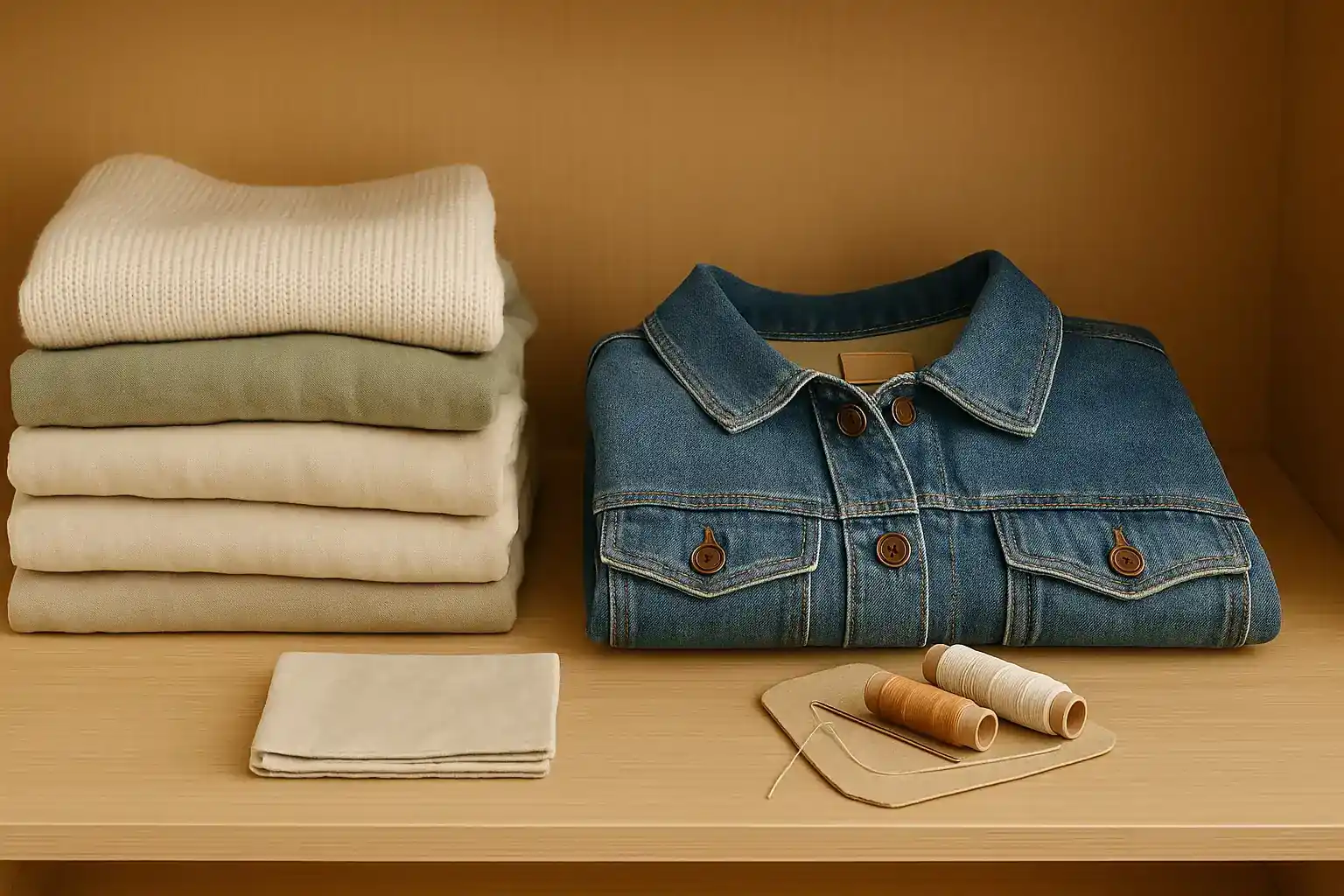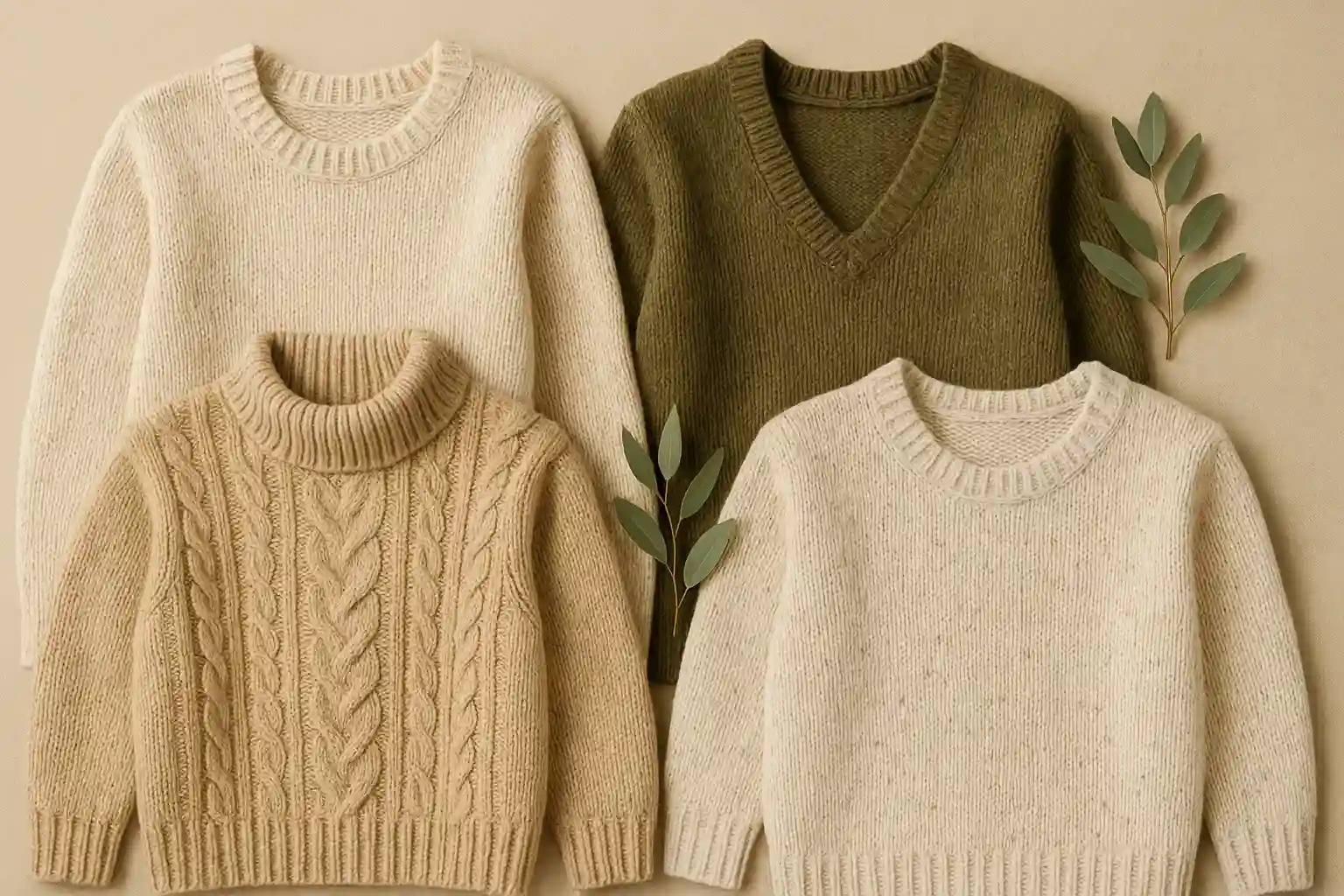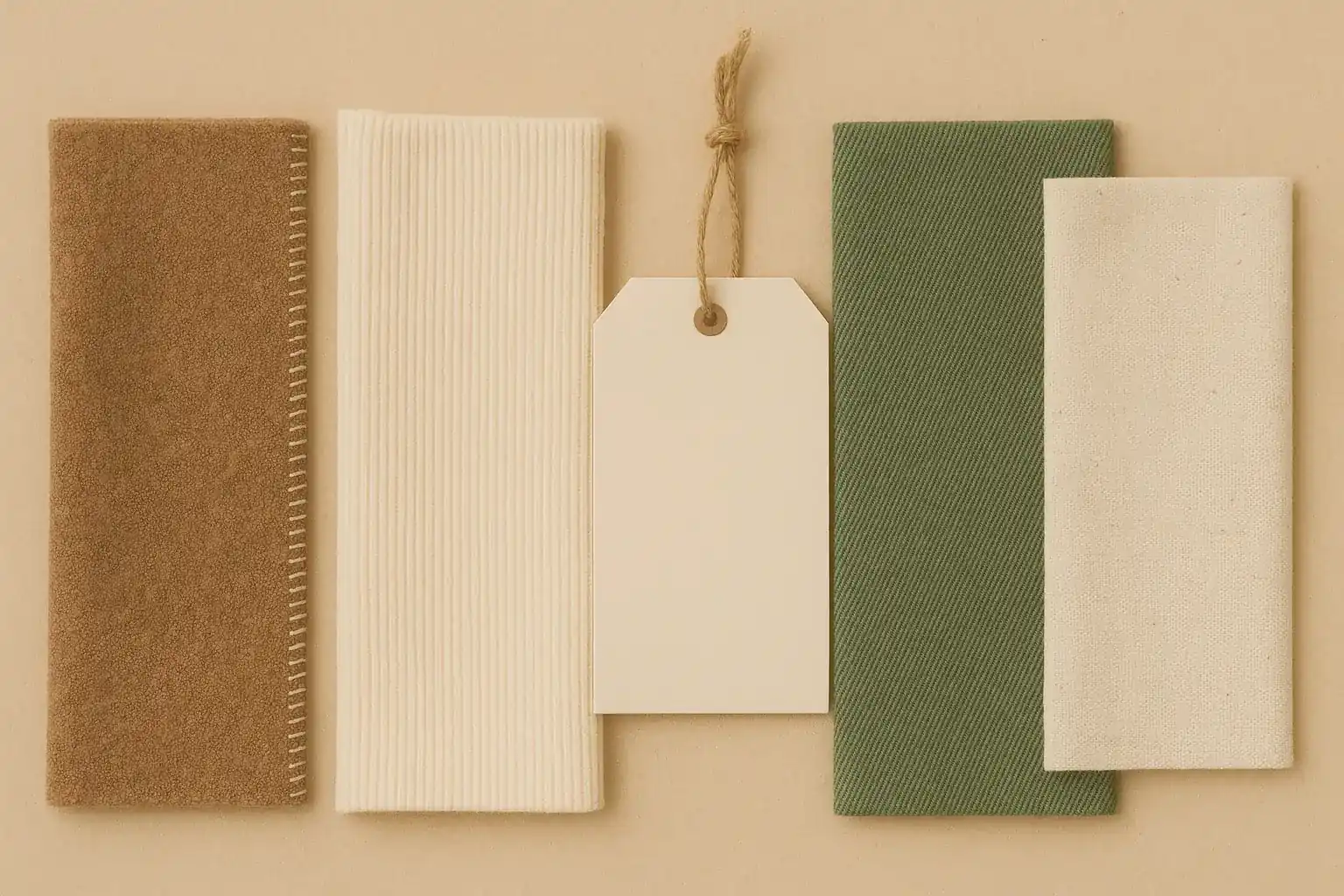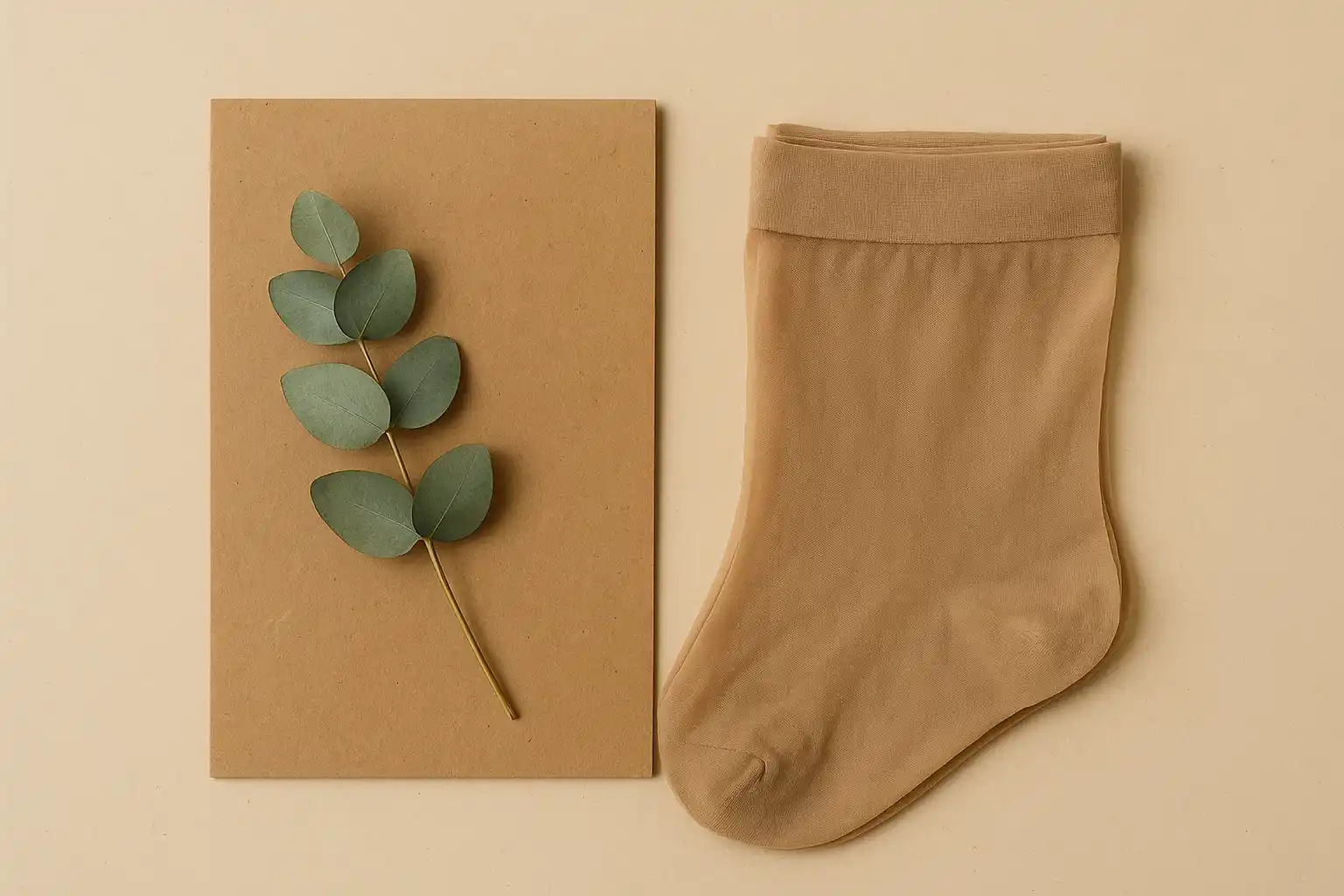Wear Your Values, Reduce Your Impact: Sustainable Alternatives to Machine-Embroidered Logos

The branding of clothing has become an integral aspect of the fashion industry, with logos and embellishments often prominently displayed on garments. While machine embroidery offers a durable and visually appealing way to apply these designs, the process can have hidden environmental costs. The production and use of embroidery thread, the energy consumed by embroidery machines, and the chemicals involved in pre-treatment and finishing can contribute to a significant ecological footprint, especially when applied on a mass scale. For brands and individuals seeking more sustainable ways to adorn their apparel, a range of creative and lower-impact alternatives exists, offering a way to showcase logos and designs while minimizing environmental impact.
The environmental concerns associated with conventional machine embroidery are multifaceted. The production of synthetic embroidery threads, often made from polyester or rayon, relies on fossil fuels and energy-intensive manufacturing processes. The intricate and dense stitching of some embroidered logos can consume significant amounts of thread, leading to increased material usage. The operation of embroidery machines requires electricity, adding to the energy consumption of the garment production process. Furthermore, pre-treatment chemicals used to stabilize fabrics for embroidery and finishing processes can contribute to water pollution. Recognizing these environmental implications, many brands and designers are exploring more sustainable methods for applying logos and embellishments to their clothing lines.
Fortunately, innovative and readily available alternatives offer compelling ways to showcase branding and designs with a reduced environmental footprint. By opting for patchwork logos made from fabric scraps, embracing minimal branding that reduces the need for extensive embellishment, or utilizing heat-pressed eco-inks for direct-to-garment application, brands and individuals can convey their identity and style while minimizing chemical and energy use. These alternatives often align with a more minimalist aesthetic and prioritize resource efficiency within the fashion industry.
Branding with a Better Footprint: Exploring Sustainable Logo Alternatives
Moving beyond the resource-intensive process of conventional machine embroidery opens up a world of more environmentally conscious and creative ways to showcase branding and designs on clothing:
Patchwork Logos: The Art of Fabric Reuse
Patchwork logos offer a visually unique and highly sustainable alternative by utilizing fabric scraps and remnants to create branded designs. Instead of relying on virgin thread and energy-intensive embroidery, logos can be constructed by carefully piecing together different fabric swatches. This method not only reduces textile waste by giving scraps a new purpose but also creates a distinctive and artisanal look. Brands like Known Supply often incorporate unique details and fabric choices into their branding, hinting at the potential for more creative and sustainable logo applications.
Minimal Branding: Letting the Garment Speak
Embracing minimal branding is perhaps the most straightforward way to reduce the environmental impact associated with logos. By opting for smaller, less intricate logos or strategically placed branding elements that require less thread and energy to apply, brands can significantly minimize their footprint. Choosing to focus on the quality and sustainability of the garment itself, rather than relying heavily on large or elaborate logos, aligns with a more minimalist and environmentally conscious design philosophy. Brands that prioritize sustainable materials and ethical production often adopt a more understated approach to branding.
Heat-Pressed Eco-Inks: Direct-to-Garment with Lower Impact
Utilizing heat-pressed eco-inks for direct-to-garment logo application offers a lower-impact alternative to traditional embroidery and screen printing methods that can involve harmful chemicals and significant water usage. Eco-friendly inks, often water-based or derived from natural pigments, provide a way to apply logos and designs directly onto the fabric with reduced environmental consequences. This method can also allow for more intricate and detailed designs with less material waste compared to embroidery. Original Favorites is a brand that emphasizes sustainable practices in their garment production and printing processes.
Wearing Your Values: Branding with Sustainability in Mind
By consciously choosing alternatives like patchwork logos, embracing minimal branding, or utilizing heat-pressed eco-inks, brands and individuals can reduce the environmental impact associated with garment embellishment. Opting for these lower-impact methods aligns fashion with a more sustainable and resource-efficient future.
Related Blogs

10 Transformative Wardrobe Swaps for a Lighter Environmental Fashion Footprint
Learn how to reduce your fashion footprint with impactful wardrobe swaps.

Wrap Yourself in Responsibility: Choosing Sustainable Alternatives to Acrylic Sweaters
Upgrade to durable and breathable wool (certified farms), alpaca, or Tencel-blend knits.

Decoding Fabric Labels: What's Really Sustainable?
Insights on decoding fabric labels in a sustainable way.

Outsmarting the Dry Cleaner: Choosing Machine Washable Naturals for a Toxin-Free Wardrobe
Avoid toxic PERC solvents by opting for machine washable organic cotton and linen clothing.

Step Lightly: Choosing Sustainable Alternatives to Nylon Stockings
Opt for recycled nylon, biodegradable, or ladder-resistant hosiery for longer wear and less waste.

Fastening the Future: Choosing Sustainable Alternatives to Plastic Buttons
Opt for biodegradable coconut shell, corozo, or wood buttons for eco-conscious clothing.
Stay in the Loop
Get tips and insights tailored to your interests — no spam, just sustainability.